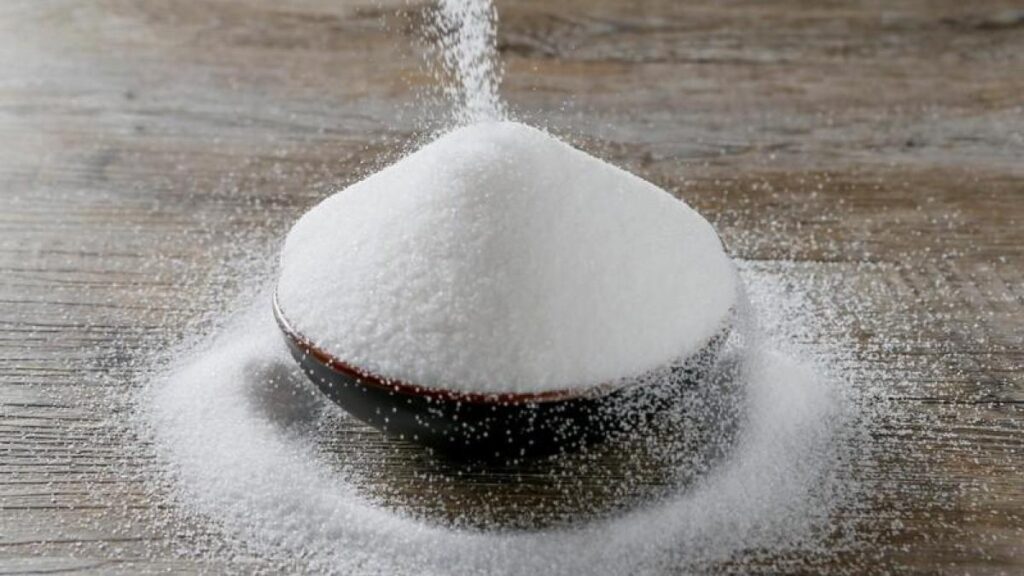New Delhi: Sugar prices are anticipated to decline by “at least 5 percent” following the government’s recent notification prohibiting the use of sugarcane for ethanol production, as stated by Vivek Saraogi, the Chairman and Managing Director of Balrampur Chini Mills, during an interview with CNBC TV-18 on December 8.
The government order, issued on December 7, is expected to boost the country’s sugar production while decreasing ethanol output. Saraogi highlighted that a potential increase in sugar production by approximately 15 to 17 lakh tonnes could impact the target price.
The potential losses faced by sugar manufacturers will hinge on the extent of the reduction in sugar prices, he suggested.
Balrampur Chini Mills, a prominent sugar manufacturer in the country, reported a net profit of Rs 73.5 crore in the first quarter of FY24. The company’s shares closed at Rs 393.20 on December 8, marking a 3.72 percent decrease from the previous day.
Saraogi mentioned that the company plans to utilize 1.2 crore quintals of its sugarcane, approximately 10 percent of the overall stock, for ethanol production. He assured that this sugarcane stock would not go to waste and would be used to produce a different product, specifically, the grain of sugar.
It is noteworthy that around 28 percent of the total ethanol production comes from sugarcane juice, fetching the highest price for sugar mills at Rs 65.61 per litre.
More than 50 percent of the ethanol is derived from the sugar by-product B-heavy molasses, which remains unaffected by the government’s ban and is currently priced at Rs 60.73 per litre. Slightly over one percent is produced from C-heavy molasses, which has the lowest price of Rs 49.41 per litre.
The company recently raised ₹1,050 crore through a rights issue, primarily for debt repayment, reducing its net debt by ₹958 crore since March 2023. Part of this fund has also been allocated for capital expenditure.
The government’s decision appears to be aimed at preventing a decline in sugar output following concerns about a potential shortfall.
Experts in the sugar industry believe that lower sugar production this year could lead to a reduction in ethanol output, potentially hindering the government’s ethanol fuel blending target. In the fiscal year 2022-23, the country achieved a 12 percent fuel-blending rate, with the government aiming to raise it to 15 percent in the current year. The long-term target is to reach 20 percent ethanol blending in petrol by 2030.





